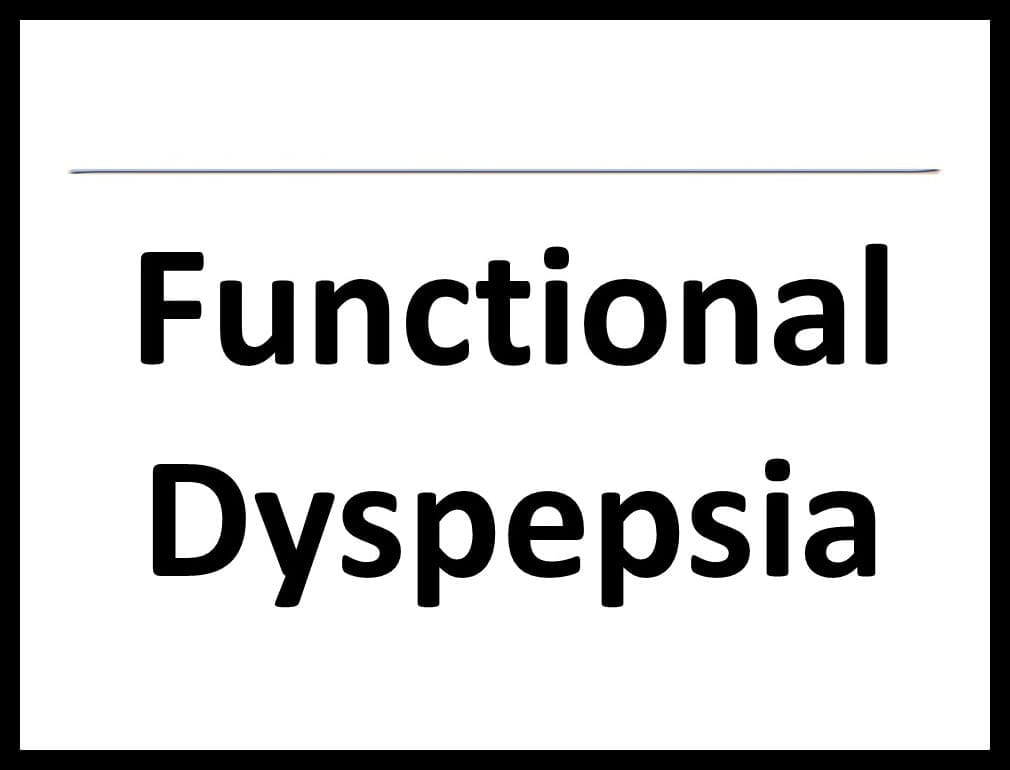Introduction:
The leading cause of liver disease in the United States is Metabolic dysfunction-associated steatotic liver disease (MASLD) and Gastroesophageal reflux disease (GERD) has been reported to affect 20% of the western population. Studies show that MASLD can be a risk factor for the development of GERD, but data on whether MASLD increases the risk of complications such as Barrett’s esophagus, erosive esophagitis, esophageal strictures and esophageal cancer is currently unknown.
Methods:
-
Data was collected from the 2016-2020 National Inpatient Sample Database, using ICD-10 diagnostic codes in order to identify adult patients with GERD.
-
Patients were stratified into two groups based on the presence of MASLD and the outcomes studied included Barrett’s esophagus, esophagitis, esophageal stricture, and esophageal cancer.
-
A multivariable logistic/linear regression analysis was performed in order to assess the effects of MASLD on outcomes.
-
Adjustments were made for patient demographics, metabolic risk factors, cannabis use, NSAID use, psychiatric disorders, tobacco use, alcohol use, opioid use, cannabis use, and helicobacter pylori infection.
Results:
The analysis included 27.2 million patients with GERD out of which 9,56,640 patients were diagnosed with MASLD. The following were the outcomes of the analysis:
|
Outcome |
GERD + MASLD (n = 956,640) |
GERD without MASLD |
p-value |
Adjusted Odds Ratio (aOR) |
95% CI |
Adjusted p-value |
|
Esophagitis |
4.70% |
3.20% |
<0.001 |
1.44 |
1.41 – 1.48 |
<0.001 |
|
Esophageal stricture |
0.80% |
0.70% |
0.0005 |
1.18 |
1.13 – 1.25 |
<0.001 |
|
Barrett’s esophagus |
1.70% |
1.20% |
<0.001 |
1.58 |
1.53 – 1.65 |
<0.001 |
|
Esophageal cancer |
– |
– |
– |
0.97 |
– |
0.44 |
Conclusion:
It was concluded that patients with MASLD are at a higher risk of GERD complications, though the data was adjusted for metabolic risk factors and substance use. There was a hypothesis drawn that hepatocyte injury from oxidative stress secondary to fat deposition released inflammatory cytokines, which might decrease lower esophageal sphincter (LES) tone, and predispose to GERD, and indirectly, to conditions such as strictures, esophagitis, and adenocarcinomas.
Digestive Disease Week 2025, May 3rd – 6th, San Diego




